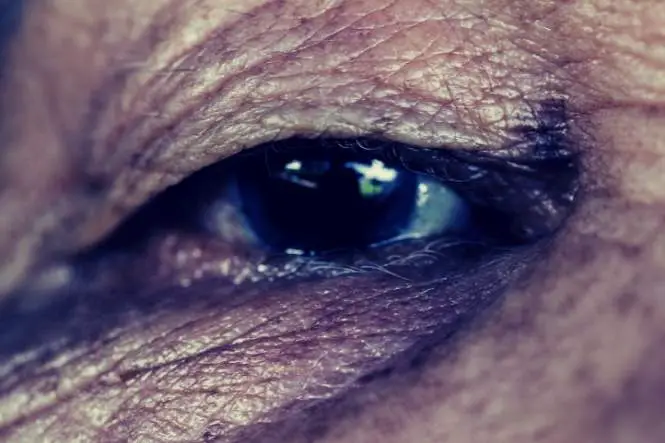There have been many advances in forensic science in the last two decades which have allowed forensic pathologists to become more adept at telling the age of a victim if normal means of identification fail.
One such means of identification is to use the eyes as a means of determining age. It may sound perhaps far fetched to think that the lifeless eyes of a potential murder victim may give clues to their age but this is something that forensic pathologists are now using to great effect, especially in the cases of victims who have not been identified by dental records, positive identification or DNA testing.
Radio Carbon Dating
Previously radio carbon dating has been used to tell how old trees are or how old a variety of items are that have been buried underground. However in recent months there have been significant advances in the use of this procedure and it can now be used to tell the age of a corpse from their eyes.
This is possible because each of us during the course of our lives have been exposed to – whether we realise it or not – naturally occurring levels of radiation. Some of this radiation has been released into the atmosphere whilst testing nuclear weapons and over decades these levels have fallen to trace proportions.
Carbon dating allows for this material along with carbon in the atmosphere which settles within the crystallins of the eyes to be calculated.
What Are Crystallins?
Crystallins are microscopic see through proteins that bind together to form the lens of the human eye. They take their name because tightly packed together and viewed under an electron microscope they appear as crystals and behave in the same way as crystals allowing light to pass through them.
From the time of conception until the age of around two these crystallins form in and around the lens of the eyes and then seem to stop production. When this happens trace elements of carbon from the air are also fused in between the crystallins and stay there although they cause no damage to vision.
How Carbon Dating Works with the Eyes
We have looked at carbon dating and examined briefly how this is used to establish the age of objects and materials found underground. This process is also used to establish the age of an individual by calculating the levels of carbon found fused in with the crystallins that form the lens of the eyes.
As we have also mentioned during the 1960s there were many nuclear tests carried out throughout the world and minute particles of radioactive carbon were released into the atmosphere. Indeed some of this was absorbed into the food we eat and as a result then absorbed into our systems.
Through time these levels have dropped back to naturally occurring levels and therefore scientists and forensic pathologists can calculate age by judging the number amount of radioactive carbon that has fused to the lens of the eyes.
Due to the fact that levels of radioactive carbon were high during the 1960s and early 1970s both scientists and forensic pathologists have concluded that these levels can determine age by subtracting the current levels of radioactive carbon in the eye from the naturally occurring levels of carbon in the atmosphere today.
This can determine age to the precise year given the amount of radioactive carbon in the air at that time if it matches with the amount of carbon contained within the crystallins of the eye.


